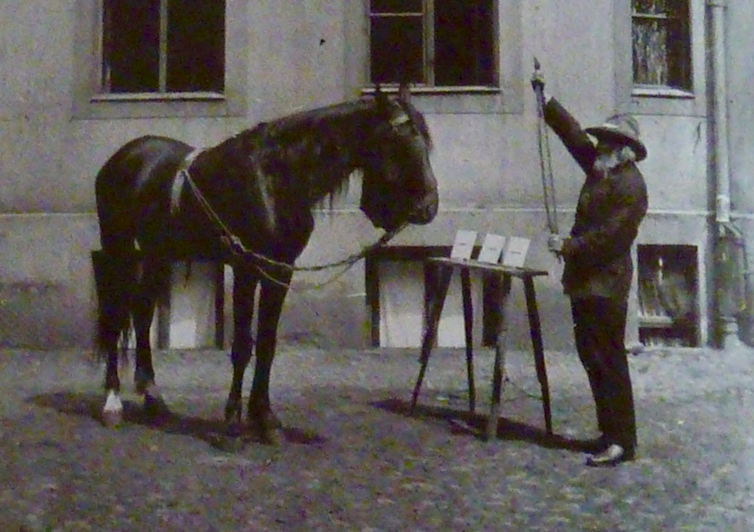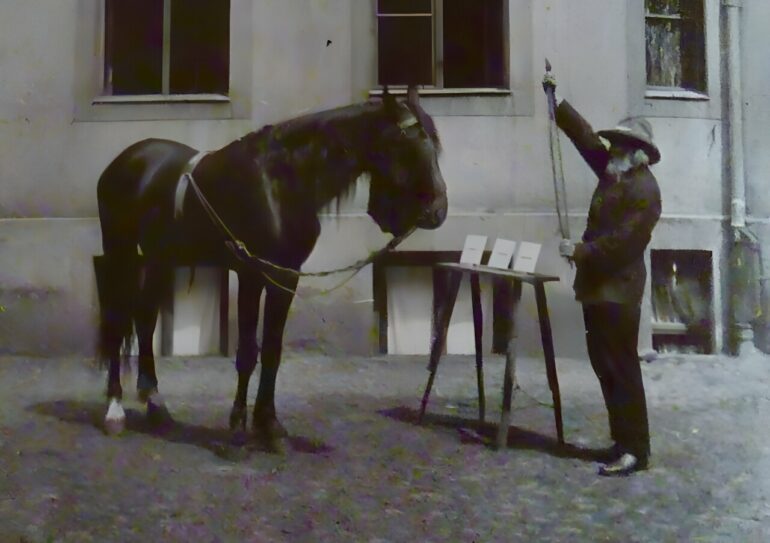Animal behavior research relies on careful observation of animals. Researchers might spend months in a jungle habitat watching tropical birds mate and raise their young. They might track the rates of physical contact in cattle herds of different densities. Or they could record the sounds whales make as they migrate through the ocean.
Animal behavior research can provide fundamental insights into the natural processes that affect ecosystems around the globe, as well as into our own human minds and behavior.
I study animal behavior – and also the research reported by scientists in my field. One of the challenges of this kind of science is making sure our own assumptions don’t influence what we think we see in animal subjects. Like all people, how scientists see the world is shaped by biases and expectations, which can affect how data is recorded and reported. For instance, scientists who live in a society with strict gender roles for women and men might interpret things they see animals doing as reflecting those same divisions.
The scientific process corrects for such mistakes over time, but scientists have quicker methods at their disposal to minimize potential observer bias. Animal behavior scientists haven’t always used these methods – but that’s changing. A new study confirms that, over the past decade, studies increasingly adhere to the rigorous best practices that can minimize potential biases in animal behavior research.

Adding up?
Karl Krall/Wikimedia Commons
Biases and self-fulfilling prophecies
A German horse named Clever Hans is widely known in the history of animal behavior as a classic example of unconscious bias leading to a false result.
Around the turn of the 20th century, Clever Hans was purported to be able to do math. For example, in response to his owner’s prompt “3 + 5,” Clever Hans would tap his hoof eight times. His owner would then reward him with his favorite vegetables. Initial observers reported that the horse’s abilities were legitimate and that his owner was not being deceptive.
However, careful analysis by a young scientist named Oskar Pfungst revealed that if the horse could not see his owner, he couldn’t answer correctly. So while Clever Hans was not good at math, he was incredibly good at observing his owner’s subtle and unconscious cues that gave the math answers away.
In the 1960s, researchers asked human study participants to code the learning ability of rats. Participants were told their rats had been artificially selected over many generations to be either “bright” or “dull” learners. Over several weeks, the participants ran their rats through eight different learning experiments.
In seven out of the eight experiments, the human participants ranked the “bright” rats as being better learners than the “dull” rats when, in reality, the researchers had randomly picked rats from their breeding colony. Bias led the…



